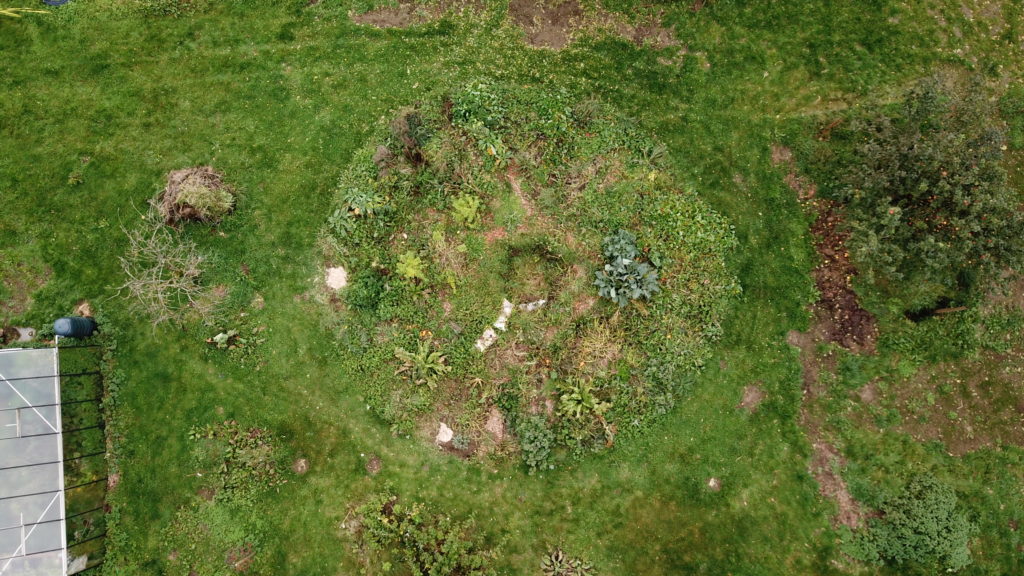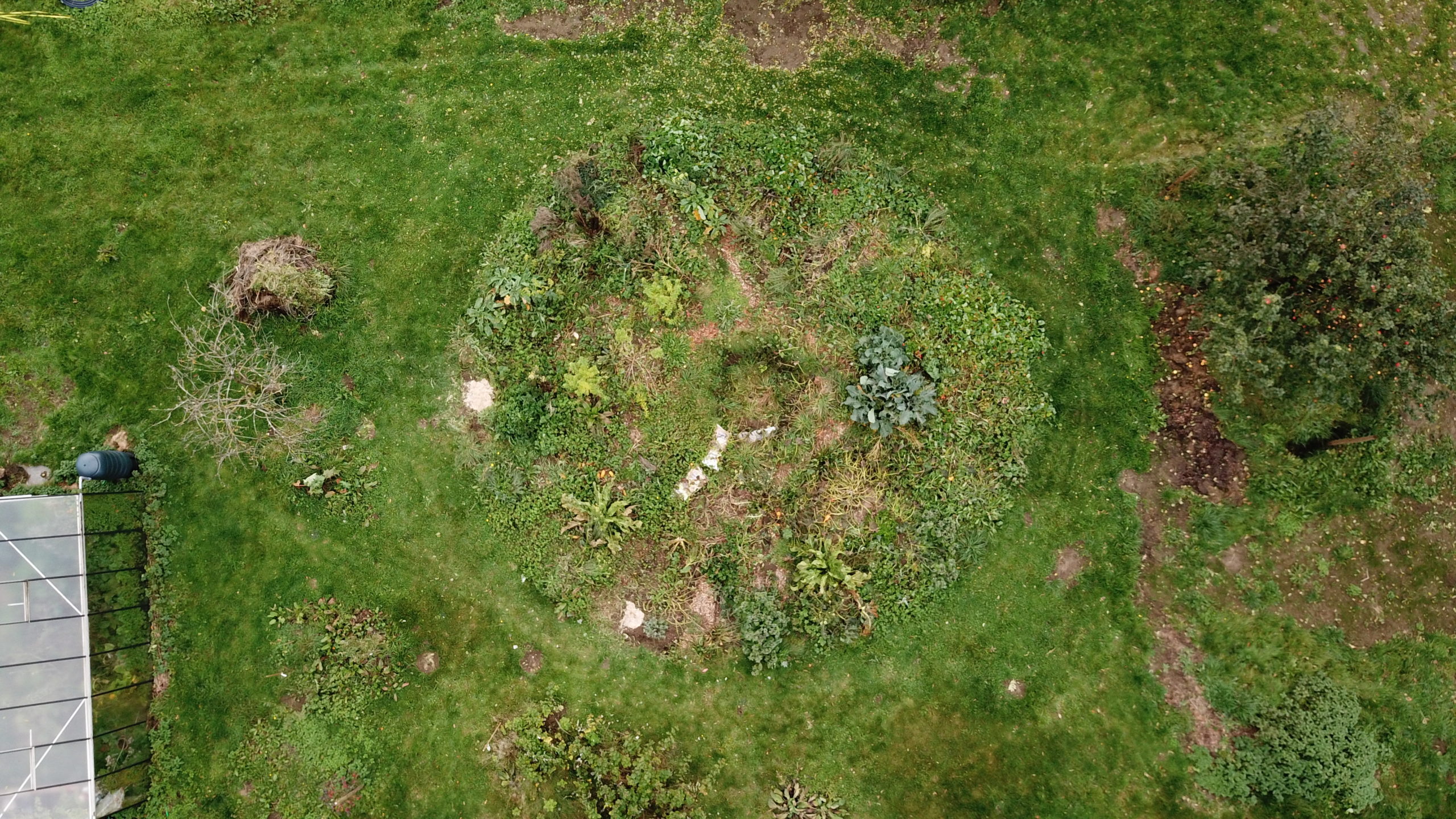
Targeting perennial vegetation in agricultural landscapes for enhancing ecosystem services
- Version
- Télécharger 7
- Taille du fichier 697.07 KB
- Nombre de fichiers 1
- Date de création 25 juillet 2022
- Dernière mise à jour 25 juillet 2022
Targeting perennial vegetation in agricultural landscapes for enhancing ecosystem services
H. Asbjornsen1,2*, V. Hernandez-Santana1,2,3, M. Liebman4, J. Bayala5, J. Chen6, M. Helmers7,
C.K. Ong8 and L.A. Schulte1†
Over the past century, agricultural landscapes worldwide have increasingly been managed for the primary purpose of producing food, while other diverse ecosystem services potentially available from these landscapes have often been undervalued and diminished. The incorporation of relatively small amounts of perennial vegetation in strategic locations within agricultural landscapes dominated by annual crops—or perennialization—creates an opportunity for enhancing the provision of a wide range of goods and services to society, such as water purification, hydrologic regulation, pollination services, control of pest and pathogen populations, diverse food and fuel products, and greater resilience to climate change and extreme disturbances, while at the same time improving the sustainability of food production. This paper synthesizes the current scientific theory and evidence for the role of perennial plants in balancing conservation with agricultural production, focusing on the Midwestern USA as a model system, while also drawing comparisons with other climatically diverse regions of the world. Particular emphasis is given to identifying promising opportunities for advancement and critical gaps in our knowledge related to purposefully integrating perennial vegetation into agroecosystems as a management tool for maximizing multiple benefits to society.



